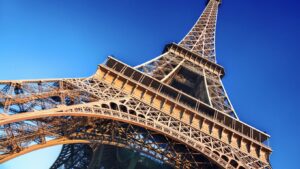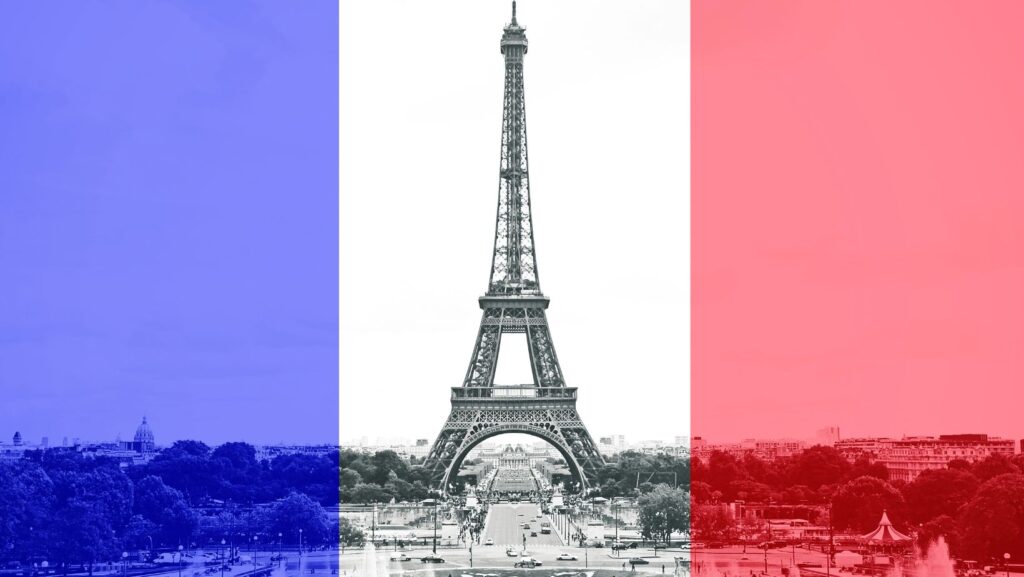Standing tall and proud in the heart of Paris, the Eiffel Tower is an iconic symbol of France. But does it qualify as a wonder of the world? This question has sparked debates among historians, architects, and travelers alike.
The Eiffel Tower, with its intricate iron lattice design and impressive height, has captivated millions since its construction in 1889. Its status as a global icon is undeniable. Yet, does it hold the grandeur and mystery associated with the traditional Seven Wonders?
Is the Eiffel Tower a Wonder of the World

The Eiffel Tower, an illustrious Parisian icon, has long drawn contrasts to the traditional Seven Wonders. Its towering stature, brute strength, and sheer elegance, resonate. Yet, does it measure up as a global wonder? Delving deeper into this debate, the primary factors considered include historical significance, international recognition, and architectural prowess.
With its inception in 1889, the Eiffel Tower carved its unique place in history. Its creation for the Exposition Universelle celebrated the 100 years of the French Revolution. Therefore, its historical relevance stirs no debate.
However, when gauging architectural grandeur, it draws mixed responses. Its iron lattice structure, though revolutionary for its time, sees rivals in modern architectural marvels. Other wonders in the canonized ‘Seven Wonders’ list, such as the Pyramids of Giza, display technical skills far beyond their epoch. Even so, the Eiffel Tower’s practicality and longevity validate its design superiority.
Exploring the History of the Eiffel Tower

Given its inception in 1889, the Eiffel Tower is relatively younger in age compared to, say, the Colosseum in Rome. Its history, however, is no less enchanting. Dreamt and sculpted by Gustave Eiffel, the iron Lady of Paris was initially snubbed by critics, such was its unconventional design in that era. It was born out of a competition to design an iron tower for the 1889 Exposition Universelle. The winning design, from Eiffel’s firm, stood a staggering 300 meters tall.
The Eiffel Tower had a preservation date till 1909, condition being if Eiffel could prove its utility. Complementing that, the Eiffel Tower served as a radio transmission point, proving decisive in World War I. It’s gone through multiple refurbishments since, but its cultural significance has stood firm. Celebrating its 130th birthday in 2019, the Eiffel Tower stood tall as a beacon of French history and innovation.
Unique Architectural Elements of the Eiffel Tower

Recognizably distinct, the Eiffel Tower represents a radical departure from traditional architectural design. This seamless blend of form and function is evident in its methodical design, elemental composition, and operational innovations. Facilitating its towering height of 300 meters (984 feet), the Eiffel Tower’s unique structural framework, conceived by Gustave Eiffel, allowed for the first-ever implementation of puddled iron—a form of wrought iron.
Furthermore, its distinct lattice work design is a practical response to a challenging brief, aiding not only its structural integrity but also managing to craft an intricate aesthetic. Wind resistance plays an influential role, with the structure designed to withstand wind speeds up to 240 km/h (150 mph). Lastly, the tower’s efficient elevator system illustrates another marvel. An intriguing combination of hydraulic and mechanical systems, the lifts cover a cumulative distance of 103,000 km (64,000 miles) per year, the equivalent to two and a half times around the earth!
Perspectives of the Public and Experts
The Eiffel Tower’s stature as a potential wonder of the world has stirred a lively debate. It’s undeniable that it embodies historical significance and enjoys international recognition. With its construction marking a century of the French Revolution, it’s become an enduring symbol of French history. Its unique design, initially met with criticism, now attracts millions each year. Its architectural innovations, from its wind-resistant frame to its efficient elevator system, underscore its technical prowess. Whether the Eiffel Tower can be classified as a wonder may be subjective, but what’s clear is its ability to captivate hearts across time and geography.

